A few months ago, we got a text out of the blue from our good friend Diana Rodgers of Sustainable Dish (and Clark Farm, outside of Boston). We’ve been friends with Diana for several years now, and have even visited her at her farm (which is so pretty!)
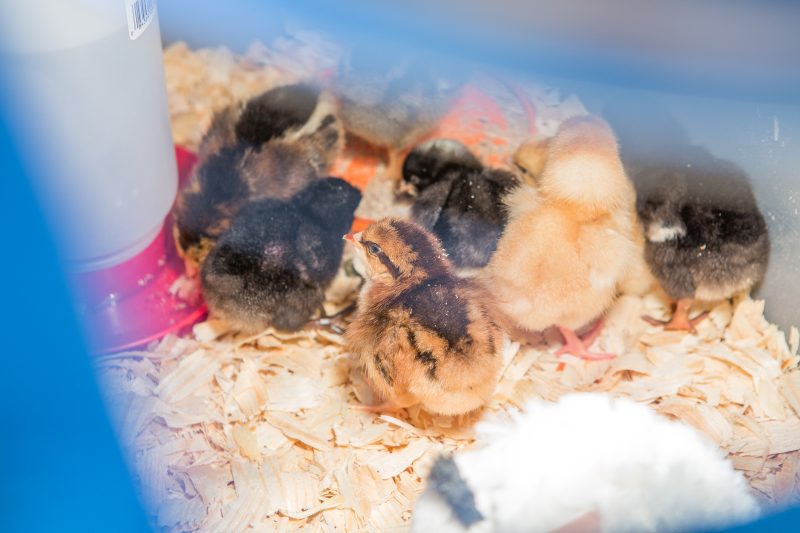

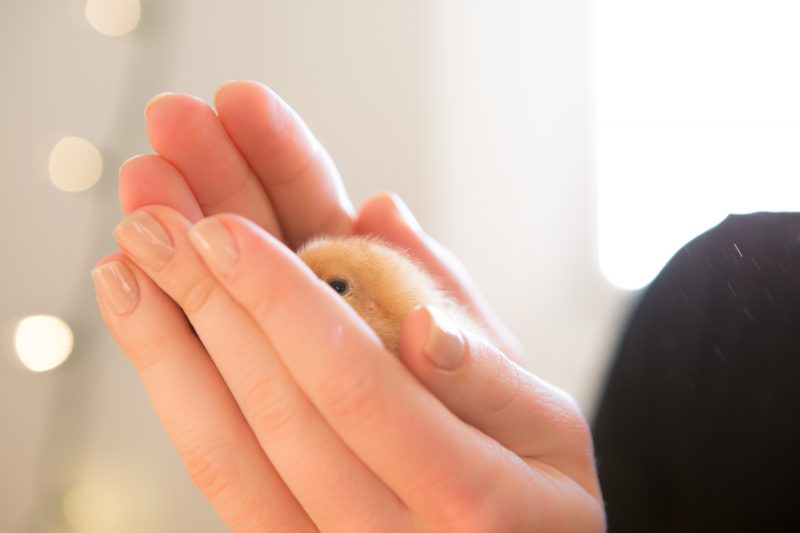 That was almost 3 weeks ago, and the chicks have grown (and one of them seems to have grown attached to us!) They are all starting to feather out, and look like they will be quite pretty when they grow up! We’ve moved them into a larger brooder (about 30% larger), and created a roosting bar for them to get used to, since that is how they will sleep as adults.
That was almost 3 weeks ago, and the chicks have grown (and one of them seems to have grown attached to us!) They are all starting to feather out, and look like they will be quite pretty when they grow up! We’ve moved them into a larger brooder (about 30% larger), and created a roosting bar for them to get used to, since that is how they will sleep as adults. 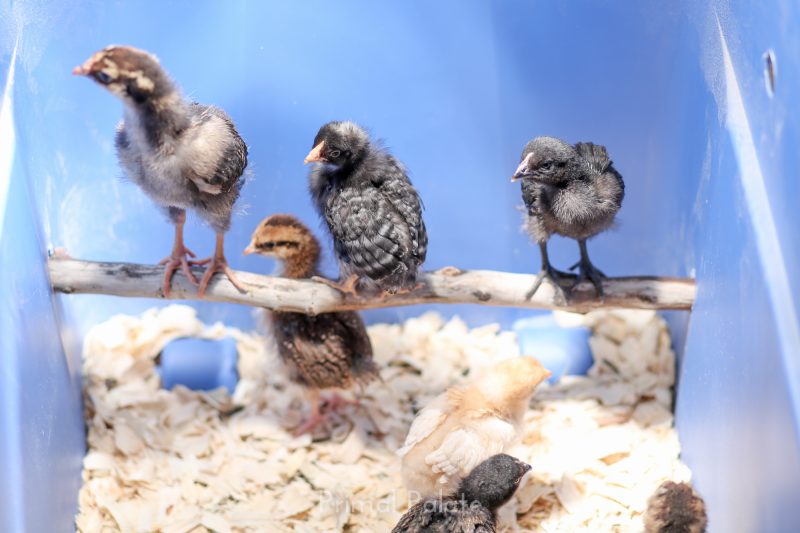 One of our chickens, a Dominique hen named Melissa, has turned out to be very “tame” so to speak! Anytime our hand or arm comes down into the brooder to adjust something, she hops up and proceeds to roost on our arm or shoulder. It’s pretty funny!
One of our chickens, a Dominique hen named Melissa, has turned out to be very “tame” so to speak! Anytime our hand or arm comes down into the brooder to adjust something, she hops up and proceeds to roost on our arm or shoulder. It’s pretty funny!  Since we’re still new at this, we thought it would be fun to team up with Diana to write this post. She’s going to take over and give you all a lesson on Backyard Chickens! Enjoy!
Since we’re still new at this, we thought it would be fun to team up with Diana to write this post. She’s going to take over and give you all a lesson on Backyard Chickens! Enjoy!
Backyard Chickens
Hi, I’m Diana Rodgers, a farmer, cookbook author, and Paleo nutritionist living on a working farm in Massachusetts. I love inspiring folks to connect more closely with their food. That’s why I wrote The Homegrown Paleo Cookbook, which is not only a seasonal cookbook but also a guide to raising animals and growing delicious, organic vegetables. When I was thinking about the best way to get the word out about how easy it is to raise animals, no matter how much space you have, I knew that Bill and Hayley would be the perfect ambassadors for keeping backyard chickens. They already have some raised beds for vegetables, they love animals, and they’re really interested in healthy food. So when I asked them to try raising chickens and talk a bit about their experiences—guidance and gear to be provided—I was not surprised by their enthusiastic “YES!” We chatted on the phone for over an hour, and they had some fantastic questions. They wanted to know if they could have a mix of breeds—would they fight with each other? (Nope, you can absolutely start with a variety of chicks.) We talked about their book tour and how much care the chicks would need while they were traveling, how many chicks they should get for their space, what type of chicken coops they should consider, and how to keep out predators (like neighborhood dogs), which can be an issue for backyard chickens in suburbia. Before I knew it, they’d posted a video about their little chicks. They got 8 chicks, 4 Sex Links, 1 Easter Egger, 1 Dominique, 1 Gold Laced Wyandotte, and 1 Speckled Sussex. 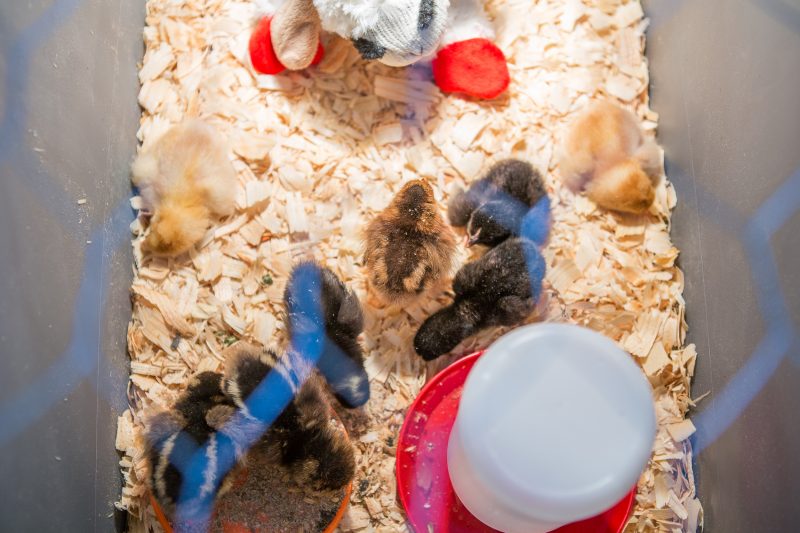 If you pre-order The Homegrown Paleo Cookbook from Amazon, Barnes & Noble, or Powells.com, you can enter your order number on my website (SustainableDish.com/books) to redeem a special offer that includes a 28 page preview copy of the book (including much of the backyard chickens chapter and ten recipes) and discounts to some amazing Paleo-friendly companies, including Barefoot Provisions, Kasandrinos Olive Oil, Fat Face Skincare, and more. Read on for an excerpt from the chapter on chickens—I hope that you, too, will be inspired to get your own flock!
If you pre-order The Homegrown Paleo Cookbook from Amazon, Barnes & Noble, or Powells.com, you can enter your order number on my website (SustainableDish.com/books) to redeem a special offer that includes a 28 page preview copy of the book (including much of the backyard chickens chapter and ten recipes) and discounts to some amazing Paleo-friendly companies, including Barefoot Provisions, Kasandrinos Olive Oil, Fat Face Skincare, and more. Read on for an excerpt from the chapter on chickens—I hope that you, too, will be inspired to get your own flock!
Chickens FAQs
Do you need a rooster to get eggs?
Nope! Owning roosters has many benefits, but eggs (or more eggs) isn’t one of them. Hens will absolutely produce eggs without a rooster around.
Can chickens fly?
Sort of. Chickens aren’t burning up the sky with their flying skills, but they can fly short distances.
Are chickens noisy?
Hens are not noisy. They often coo when curious about something andthey squawk occasionally to alert each other to danger, but overall they are pretty quiet.
Raising Chicks
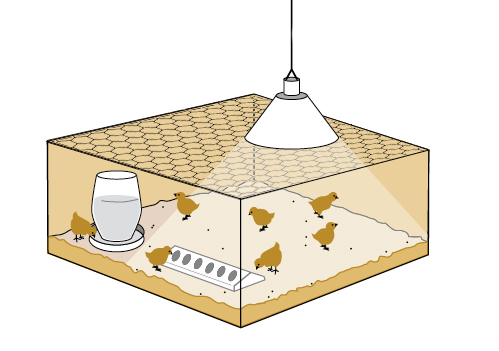 For the first week of the chicks’ life, they must be kept at 90 degrees in a draft-free space. I recommend using a red heat lamp instead of a white heat lamp, since red is said to prevent pecking. You can reduce the heat by 5 degrees each week until they have “feathered out”—you’ll see actual feathers instead of fuzz. You’ll know you have the proper temperaturein your little brooder when the chicks are evenly spread out. If they all flock to the edges, the light is too close and they are hot. If they are all directly under the light, they are too cold. Chicks need a constant supply of water and feed—preferably an organic chick starter mash. When you move the chicks from the shipping box to the brooder, introduce them to the water and the mash by carefully dipping their beaks into the water and then into the mash. This will teach them where everything is and get them going. The chicks should be happily walking around their enclosure with enough food and water until about four weeks, when they will have feathered out and become too large for the brooder. When the birds have feathered out, it’s time to move them into their permanent home. They’re not ready to fend for themselves on pasture, though—keep them safe in their coop for another couple weeks. At around eight weeks, the young hens can be let outside. They’re still quite young and small, so be vigilant against predators. An animal as small as a rat or kestrel can make a meal of these birds.
For the first week of the chicks’ life, they must be kept at 90 degrees in a draft-free space. I recommend using a red heat lamp instead of a white heat lamp, since red is said to prevent pecking. You can reduce the heat by 5 degrees each week until they have “feathered out”—you’ll see actual feathers instead of fuzz. You’ll know you have the proper temperaturein your little brooder when the chicks are evenly spread out. If they all flock to the edges, the light is too close and they are hot. If they are all directly under the light, they are too cold. Chicks need a constant supply of water and feed—preferably an organic chick starter mash. When you move the chicks from the shipping box to the brooder, introduce them to the water and the mash by carefully dipping their beaks into the water and then into the mash. This will teach them where everything is and get them going. The chicks should be happily walking around their enclosure with enough food and water until about four weeks, when they will have feathered out and become too large for the brooder. When the birds have feathered out, it’s time to move them into their permanent home. They’re not ready to fend for themselves on pasture, though—keep them safe in their coop for another couple weeks. At around eight weeks, the young hens can be let outside. They’re still quite young and small, so be vigilant against predators. An animal as small as a rat or kestrel can make a meal of these birds.
The Chicken Coop: What to Consider
• The chicken coop should provide shelter from the elements and be draft-free (though it doesn’t need to be heated).
- I highly recommend providing nesting boxes, which give chickens a safe, dark place to lay their eggs. They also keep you from having to do on a daily egg hunt in rock walls and other places hens love to lay eggs.
- The chicken coop should be near your house for convenience. Make taking care of them easy on yourself—nobody wants to trek through tons of snow every day to care for chickens.
- The coop should keep the birds safe from predators. That means no holes larger than 1 square inch. Anything larger will allow weasels to get in. Weasels, raccoons, fisher cats, and snakes are unbelievably great predators. Take them seriously. In fact, the most common reason that homesteaders get out of raising chickens is that predators are constantly killing their flocks.
- Chickens prefer to sleep on a roost, which is basically a branch. You can provide them with a few perches built from branches, sturdy pieces of wood, or wooden tomato stakes. They should look like wide ladders, set an angle.
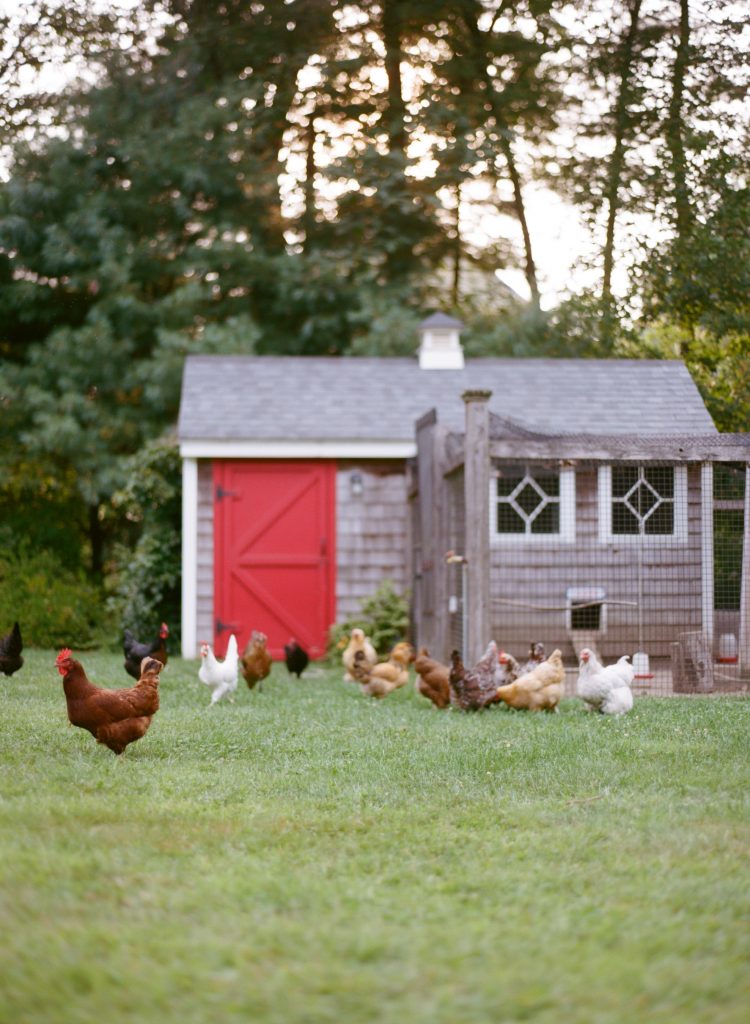
What sort of time commitment do backyard chickens require?
- Daily (about 20 to 30 minutes): Let them out of the coop, provide water, feed, collect eggs, shut the door of the coop at night
- Weekly (1 to 2 hours): Check fencing, move a mobile flock, clean out water containers
- Monthly (1 to 2 hours): Muck out the henhouse
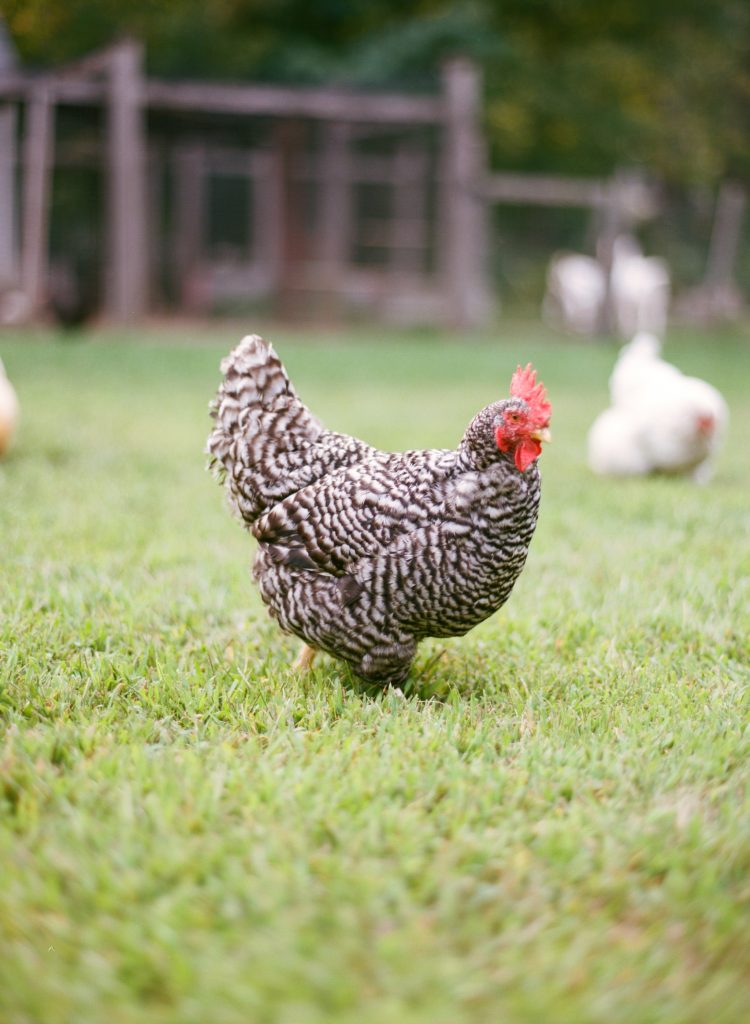 I really can’t wait to see how much fun Bill and Hayley have with this new project. I expect a few frantic texts, which is natural, considering that many of us didn’t grow up with chickens and don’t know much about them, but chickens are delightful to watch, and fresh eggs from your own hens taste amazing and are so good for you. If you’d like to learn more about sustainable food production and try some delicious, farm-to-table recipes, consider picking up The Homegrown Paleo Cookbook yourself! And remember, if you order before March 10, 2015, you can enter your order number on my website for a preview copy and awesome discount codes.
I really can’t wait to see how much fun Bill and Hayley have with this new project. I expect a few frantic texts, which is natural, considering that many of us didn’t grow up with chickens and don’t know much about them, but chickens are delightful to watch, and fresh eggs from your own hens taste amazing and are so good for you. If you’d like to learn more about sustainable food production and try some delicious, farm-to-table recipes, consider picking up The Homegrown Paleo Cookbook yourself! And remember, if you order before March 10, 2015, you can enter your order number on my website for a preview copy and awesome discount codes.
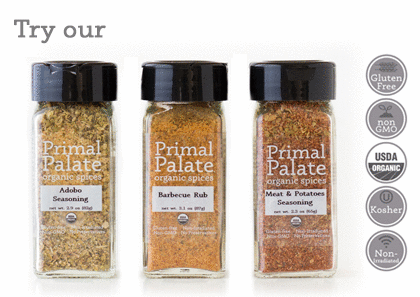




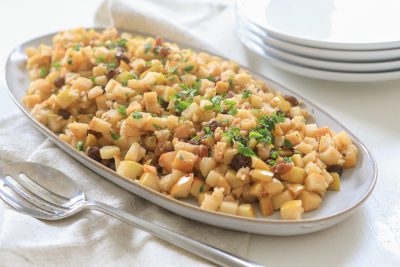
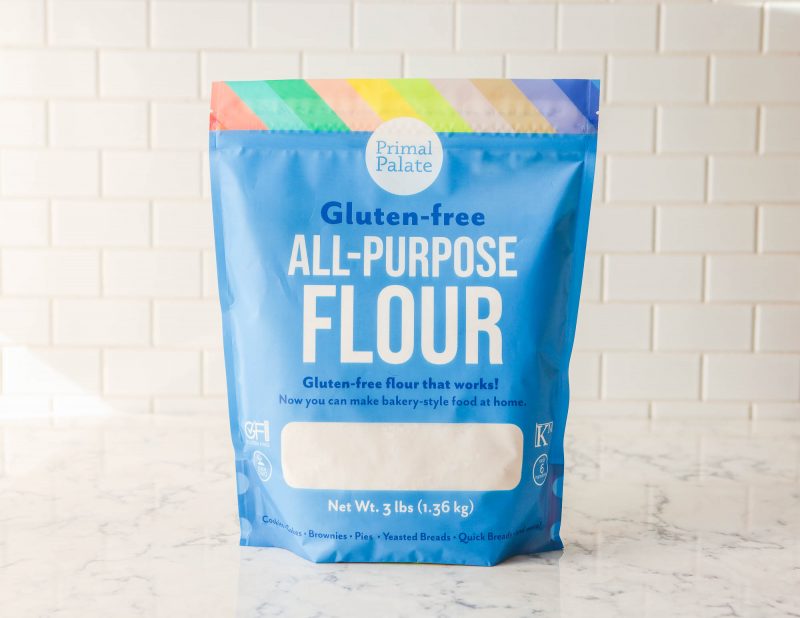

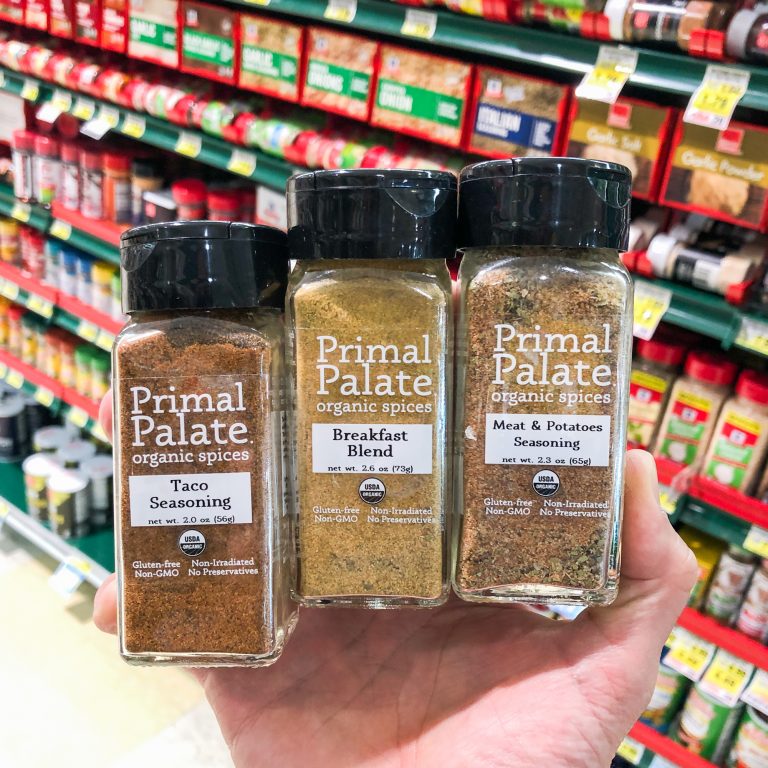
We buy alot of eggs in one week as we have 8 people in our family. We probably buy a 24 to 36 eggs every 5 days. How many chickens would be needed to cover at least half of this amount that we eat?
Hey RxDawg,
Typically, hens in their prime will lay approximately 1 egg a day (some varieties lay less consistently, though). So it sounds like your egg consumption is approximately 6 eggs a day (give or take). Getting a small flock of 4 birds would cover more than half the amount you need. Depending on where you live, some breeds do better than others, and some breeds are better egg layers. 4 hens might be a good starting point, and building up from there if you really get into it!
Hope this helps!
Hi. Aren’t you using pictures from Terry Golson http://www.hencam.com? I don’t see her credited for the pictures of her coop or hens.
The photos are directly from the book, which were done by White Loft Studio.
The book looks gorgeous. Love the photos of my coop! Right now, it’s nice to remember what it looks like when there’s grass and not 4 feet of snow on the ground. Do let your readers know that if they’d like plans for my little barn, that they’re available at my website, HenCam.com.